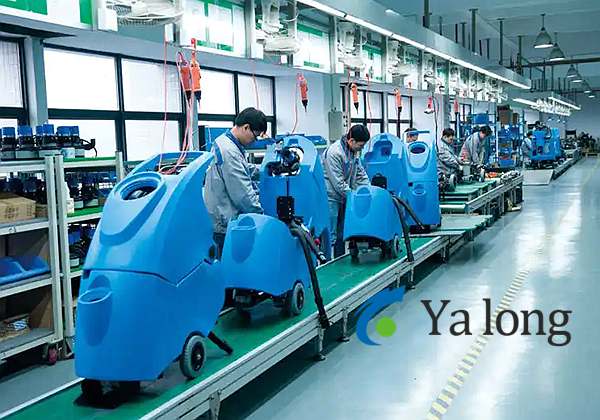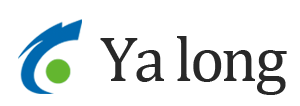I. The vacuum cleaner assembly line is the core system for realizing large-scale and standardized production of vacuum cleaners. By disassembling parts processing, assembly, testing and other links into continuous processes, the entire process from raw materials to finished products is efficiently completed with the help of automated equipment and manual collaboration. production.
II. Among the vacuum cleaner assembly lines, belt lines and roller lines are the two most widely used types of transmission equipment. Due to their different structural characteristics, they are suitable for different production scenarios, and often form efficient transmission links through collaborative design. Belt lines can transport light, small or vulnerable parts (such as plastic casings, filters, handles, etc.) and are suitable for assembly stations that require precise positioning; roller lines can transport heavy parts (such as motors, fuselage shells, and assembled semi-finished products), suitable for long-distance straight transportation.
III. The core goal of the vacuum cleaner production line is to improve production efficiency, stabilize product quality, reduce production costs, and adapt to the production needs of various types of vacuum cleaners such as handheld, horizontal, wireless, and vertical.


